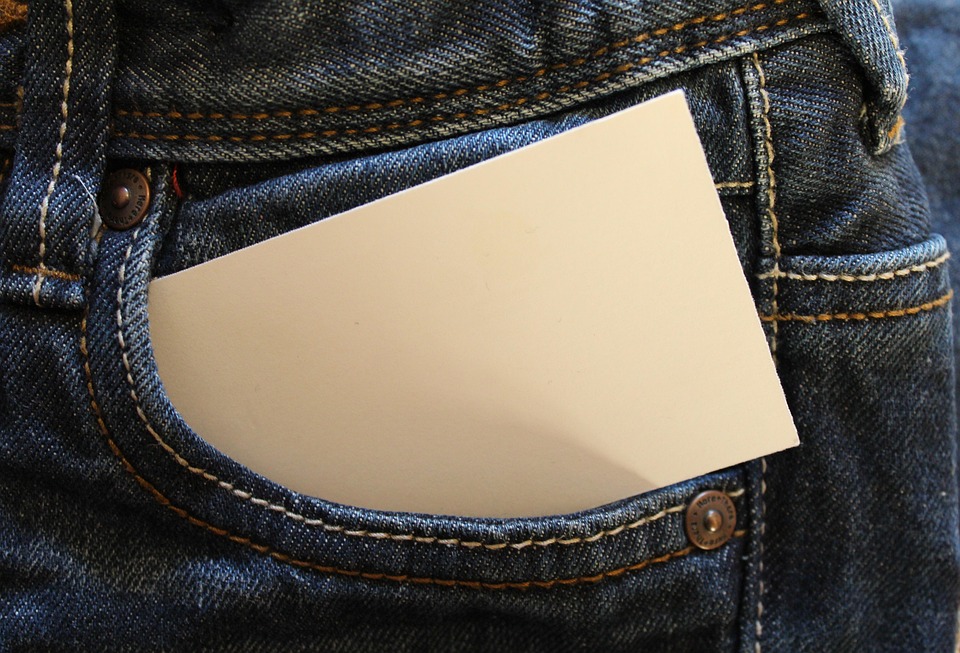Understanding Loan Lease Payoff: A Comprehensive Guide
Leasing a vehicle or equipment can be a smart financial choice for many individuals and businesses. However, understanding the nuances of loan lease payoff is crucial for making informed decisions. In this guide, we will explore what loan lease payoff entails, the factors that influence it, and the steps to take for a successful payoff.
What is Loan Lease Payoff?
Loan lease payoff refers to the process of paying off a lease agreement before its term ends. This can occur for various reasons, such as wanting to sell the vehicle, upgrade to a new model, or simply eliminate monthly payments. When you pay off a lease early, you settle the remaining balance, which may include the remaining payments, fees, and the vehicle’s residual value.
Understanding Lease Terms
To fully comprehend loan lease payoff, it’s essential to understand the terms of your lease agreement. Key components include:
– **Monthly Payments**: These are the regular payments you make throughout the lease term. They are typically lower than loan payments for purchasing a vehicle.
– **Residual Value**: This is the estimated value of the vehicle at the end of the lease. It is determined at the start of the lease and significantly impacts your monthly payments.
– **Early Termination Fees**: If you decide to pay off your lease early, you may incur fees. These costs can vary by lender and should be factored into your decision.
Factors Influencing Loan Lease Payoff
Several factors can influence the decision to pay off a lease early:
– **Market Value vs. Residual Value**: If the market value of the vehicle is higher than the residual value, it may be financially advantageous to pay off the lease and sell the vehicle.
– **Remaining Payments**: Consider how many payments you have left. If you are close to the end of your lease, it might make sense to continue making payments rather than paying off the lease early.
– **Credit Score**: Your credit score can impact your ability to secure financing for a payoff. A higher score may qualify you for better interest rates.
– **Financial Situation**: Evaluate your current financial circumstances. If you have extra funds available, paying off the lease might be a good option. Conversely, if cash flow is tight, it may be better to stick with your regular payments.
Steps to Pay Off Your Lease
If you decide to move forward with a loan lease payoff, follow these steps:
1. **Review Your Lease Agreement**: Start by understanding the terms of your lease, including any potential fees for early termination.
2. **Contact Your Lender**: Reach out to your leasing company to request a payoff quote. This will provide you with the exact amount needed to settle your lease.
3. **Evaluate Your Options**: Consider whether to pay off the lease in full or finance the payoff through a loan, which may offer more flexibility.
4. **Make the Payment**: Once you’ve assessed your options and decided to proceed, make the payment according to your lender’s instructions.
5. **Obtain Confirmation**: After the payment is processed, be sure to obtain written confirmation that your lease has been paid off and that no further obligations remain.
Conclusion
Understanding loan lease payoff is vital for anyone considering leasing a vehicle or equipment. By familiarizing yourself with the terms of your lease, evaluating your financial situation, and following the appropriate steps, you can make informed decisions that align with your financial goals. Whether you choose to pay off your lease early or see it through to completion, being well-informed will help you navigate the leasing process with confidence.



